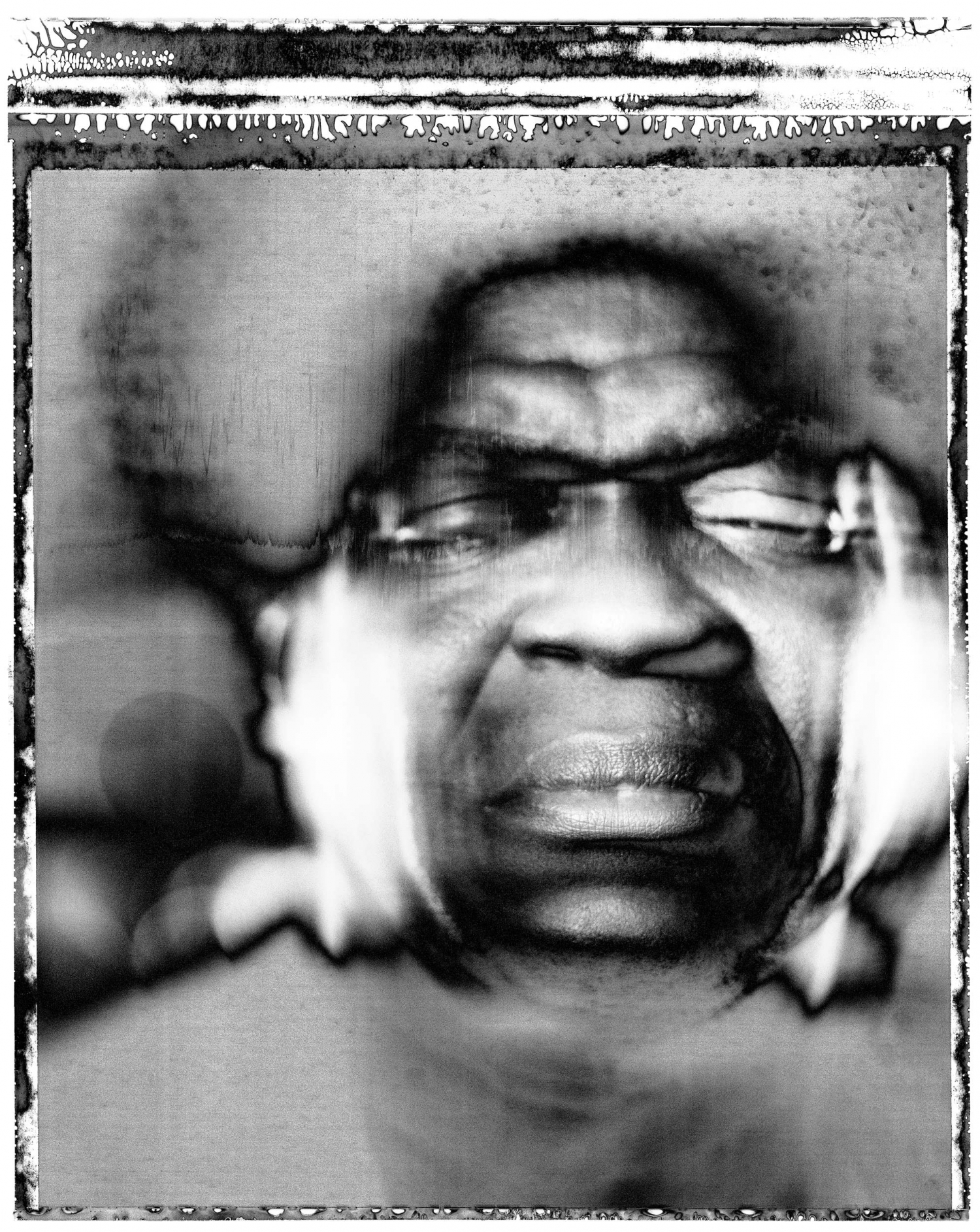Q&A | Brendan Meadows
by Morgan Vickery
Brendan Meadows
Brendan Meadows is a Canadian photographer collecting people and places in the spool of his roll film. At the age of 10, Brendan picked up his first Polaroid camera and captured two images of Princess Diana during a Vancouver Expo in 1986; This propelled his vision and sparked a fascination with the human subject. Over the years, he’s acclaimed three influential projects: Drawn to Develop, Front Lines and Covet Exhibition. Today, Brendan shares his current exhibition, Ipseity, for this month’s Photo LA festival. We caught up with the imagery artist to discuss Ipseity, his career, and groundbreaking methods in printmaking.
Tell us about yourself.
A colleague recently described me as relentless and for some reason or another, that comment sat with me. My definitions of the word didn’t feel altogether positive but the more digging I did the more I agreed with his statement. My day-to-day pursuits are entirely based within the photographic medium and its practices. My life is full to the brim with experience and art and there’s nothing but gratitude on my end for all of it. How many people are lucky enough to achieve some level of success in doing what they love to do? I’ve embraced that every day of my life and it’s only within the last few years that my skills are being directed into the long game and a full career.
Amélie Eve
What can we expect from your exhibit at Photo LA this month?
It’s very exciting as this is a first for the medium of photography. Without getting into the full technical spectrum of the process we are creating solarized negatives that are then contact printed on silver gelatin paper. There are roughly 40 steps involved with each individual print that is created in the darkroom in Toronto. The show consists of 48 B&W prints and 10 colour duo & tri-toned palladium prints.
How did you decide on the series title, Ipseity?
The technique drove the title you could say. After almost two years of work in technical creation the theme of the show was being defined throughout. I had been looking to represent the duality we each carry with us and the different faces we wear with respect to the many different people and circumstance we encounter each day. Some are conscious and some are not.
Lady Diana
At the age of 10, you captured polaroid pictures of Princess Diana. How did that drive your passion in the realm of photography?
The full significance of that event wouldn’t be fully embraced until many years later. My parents had an amateur darkroom set up in my house growing up and photography was always a constant. I cannot remember a time that I didn’t have some form of optics on me, and everybody just knew me as that guy with the camera, so that became quite the norm. After pursuing the efforts with training, education and assisting, it became very obvious that this was my path. Upon reflection that day held true, as I received my very first camera and I haven’t stopped.
Rhi Blossom
Tell us about your collaboration with ILFORD.
Printmaker Bob Carnie and I decided on Ilford’s Art 300 as the paper of choice for this demanding workload. The work and development being done with Ilford and Harman Technologies sets a very high bar. There was never a doubt that this was the paper to move forward with.
While printing your work, how do you fuse both traditional and technological methods?
Lambda negatives are created using very current equipment and computers. These machines, which are roughly 10 square feet in size, haven’t fully been embraced in North America as of yet, and Bob Carnie has the only one in Canada at present. Once the negative has been created it goes through all the traditional steps a darkroom encompasses, and has for the last century. Each printer will recognize and understand these steps from stop baths and developer, to fix solutions and washing baths – the only difference is that we are starting with an asset that’s never been used inside these techniques.
We started working with Ilford products quite unbeknownst to their teams and only through word of mouth did it get their way. Of course, they were very interested and curious about seeing their products used in entirely different ways and happy to help support our efforts.
Charles Bradley
How has your technique in both photography and printing evolved over the years?
This has been a full culmination of skills and techniques from almost 2 decades being a photographer. Only in 2015 did this idea start to flourish and develop itself into a complete exhibition. To see the full arc of creativity is quite satisfying in many ways – from subject matter and lighting, to paper choice and presentation, all were being considered at every step of this show. Never before have I so thoroughly embraced all aspects of an idea. This has been a monumental undertaking for my own growth as a photographer. The dark room is just another set of skills that need to be properly flexed and I still have many years of work ahead of me to be as comfortable on either side of the lens.
Henri Cartier-Bresson said many years ago that “Hunters aren’t cooks” in reference to doing both, and that sat well with me for many years without challenge. As you understand light in its fullest extensions, you will truly become a master at this craft and I’ve come around to a better understanding of that quote.
Brent Ray Fraser
How do you hope to challenge art “norms” in your work?
Everything is going digital in so many great and exciting ways. When you look at what Nick Knight is doing with his work or Asger Carlsen is doing with his work it’s very exciting, but I don’t see a lot out there that’s inspiring to me as an artist. There’s a lot of noise being created and I never wanted to fully contribute to those waters. I’ve always shot with film and strive to make photography you can trust with respect to the traditions whilst still pushing the fringes of the craft. I love the honesty of a Polaroid and these prints I’m showing at PhotoLA have those same inherent qualities. A viewer stands before these prints and just can’t figure it out, what we’ve done and what they are looking at. Besides the incredible subject matter, they are truly unique prints to be witnessed in-person, and despite all the challenges and technical hoops, they are honest prints and that makes me truly happy.
Howard Segal
What can we expect from you in 2019?
The show is set to show up again at Foto Fever in Paris in November. I’m pooling a large military-based project into a small 5x7 inch palladium print collection also to be shown at a gallery in Paris. There’s been interest from a Japanese gallery to show Ipseity over there possibly later this year, and I have a half dozen creative ideas that have been itching away. I just finished a full series with an incredible ballet dancer that will be released in a few weeks that may be its own show. Relentless ambitions you could say, as that’s what it takes.
Ipseity will be on display at Photo LA from January 31st to February 3rd, 2019 in Santa Monica.
















